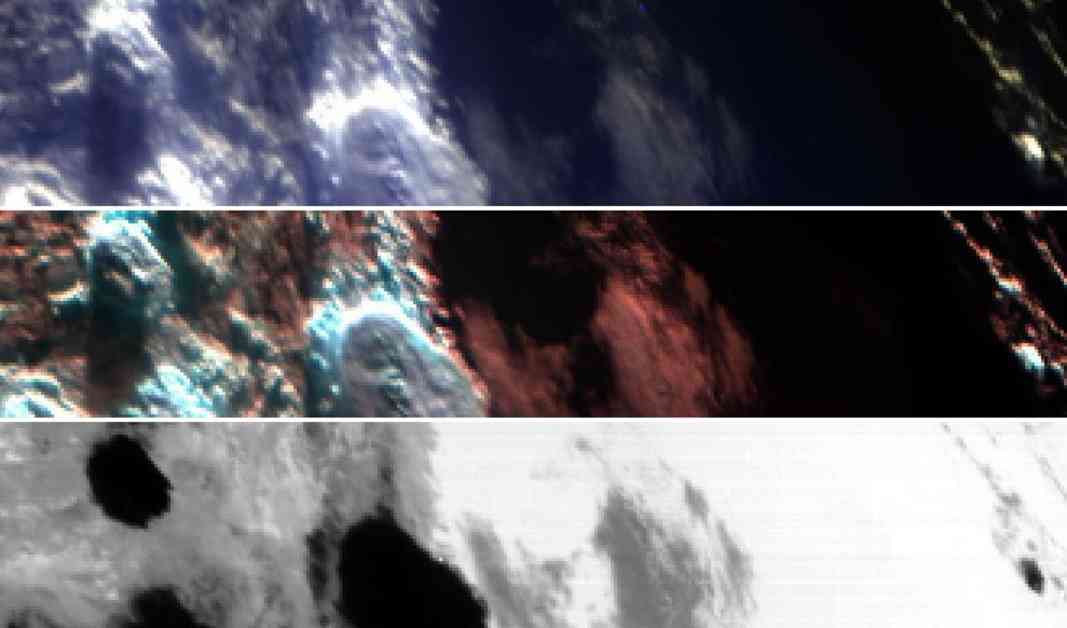Exploring Earth’s Habitability with Juice Mission Data
ESA’s Jupiter Icy Moons Explorer (Juice) recently conducted a flyby of Earth on 20 August, providing valuable insights into our planet’s habitability. During this mission, Juice’s instruments, the Moons and Jupiter Imaging Spectrometer (MAJIS) and the Submillimetre Wave Instrument (SWI), gathered data that confirmed the presence of essential ingredients for life in Earth’s atmosphere.
The flyby served as a crucial opportunity to test and calibrate Juice’s scientific instruments in space, ensuring their readiness for the upcoming exploration of Jupiter. MAJIS and SWI played a significant role in collecting data that shed light on Earth’s habitability, defining it as the presence of conditions necessary for life to arise and thrive.
Discovering Earth’s Habitability through Data Analysis
MAJIS and SWI provided valuable insights during the Earth flyby, with SWI detecting signals from various molecules in Earth’s atmosphere, including water and the fundamental ‘CHNOPS’ elements – carbon, hydrogen, nitrogen, oxygen, phosphorus, and sulfur. These elements are essential building blocks of living organisms, indicating Earth’s potential for supporting life.
Furthermore, MAJIS measured the composition of Earth’s atmosphere, identifying crucial molecules like oxygen, ozone, carbon dioxide, and water. The instrument also captured infrared images of Earth’s surface, offering detailed temperature maps for further analysis. Scientists are particularly interested in studying the concentration of oxygen in the atmosphere to determine its ability to support biological activity.
ESA Juice project scientist Olivier Witasse expressed confidence in the results, emphasizing the importance of confirming Earth’s habitability. These findings not only validate the capabilities of MAJIS and SWI but also pave the way for exploring Jupiter’s icy moons as potential habitats for past or present life.
Unveiling Jupiter’s Mysteries with SWI and MAJIS
As Juice prepares to journey to Jupiter, SWI will play a crucial role in studying the composition of the gas giant and its icy moons. By analyzing their climates, origins, and histories, SWI aims to unveil insights into their potential habitability and current biological activities. Similarly, MAJIS will focus on observing Jupiter’s clouds, atmospheric components, and surface features of the icy moons, providing valuable data for further research.
SWI was developed by an international consortium led by the Max Planck Institute for Solar System Research, with support from national funding agencies like DLR (Germany). On the other hand, MAJIS was a collaborative effort among European scientists and engineers, with significant contributions from France and Italy through their respective space agencies, CNES and ASI.
In conclusion, the Juice mission’s data from the Earth flyby has confirmed our planet’s habitability by revealing the presence of essential elements for life. As the spacecraft sets its sights on Jupiter, SWI and MAJIS are poised to unlock the mysteries of the gas giant and its icy moons, potentially uncovering clues to the existence of life beyond Earth.













